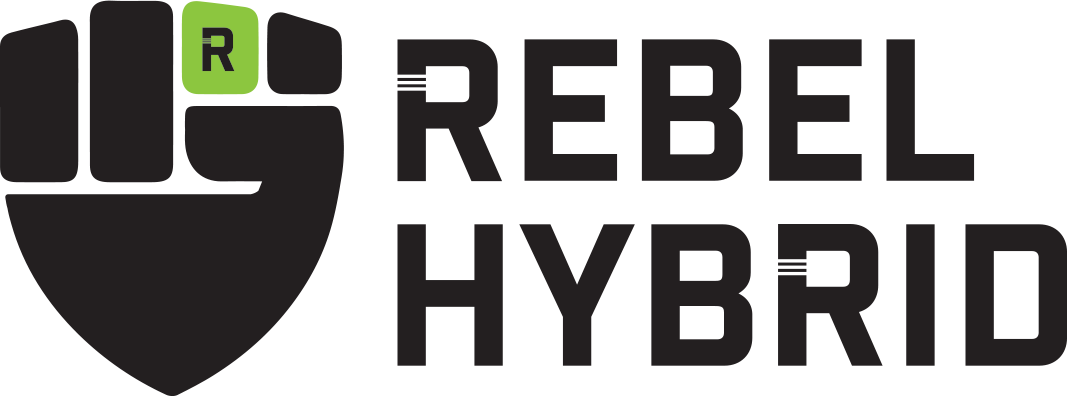Food labels can be a valuable tool in helping you make informed choices about the foods you consume. However, understanding the information presented on these labels can sometimes feel like decoding a puzzle. In this blog post, we will demystify food labels and provide you with the knowledge to make informed and healthier choices.
Serving Size
Pay attention to the serving size indicated on the label. All the nutrient information on the label is based on this specific portion size.
Calories
This section reveals the number of calories in one serving of the product. Be mindful of the serving size to accurately assess the calorie content of what you consume.
Nutrient Breakdown
Look for the amounts of macronutrients (carbohydrates, fats, and proteins) listed on the label. These values can help you understand the composition of the product and make choices that align with your dietary goals.
% Daily Value (%DV)
The %DV shows how much of a specific nutrient one serving of the product contributes to your daily intake based on a 2,000-calorie diet. It can help you gauge whether a particular food is high or low in a specific nutrient. Aim for foods with higher %DV for nutrients like fiber, vitamins, and minerals and lower %DV for saturated fats, sodium, and added sugars.
Ingredient List
The ingredient list outlines all the components of the product in descending order by weight. Be mindful of added sugars, unhealthy fats, and artificial additives that may be listed. Choose products with shorter ingredient lists and recognizable, whole food ingredients.
Allergens
Health Claims: Some products may display health claims like “low-fat,” “gluten-free,” or Food labels are required to identify common allergens such as nuts, soy, dairy, wheat, and shellfish. Check this section carefully if you have any food allergies or intolerances.
High-fiber
While these claims can be helpful, remember to assess the overall nutritional profile of the product and not rely solely on these statements.
Compare and Contrast
When shopping, compare similar products to find the one that aligns with your health goals. Pay attention to the nutrient breakdown, ingredient list, and overall nutritional value.
By understanding food labels, you can make more informed choices about the foods you consume. Remember to focus on the serving size, nutrient breakdown, ingredient list, and overall nutritional value of the product. With this knowledge, you can navigate the grocery store aisles with confidence and make choices that support your health and well-being.
